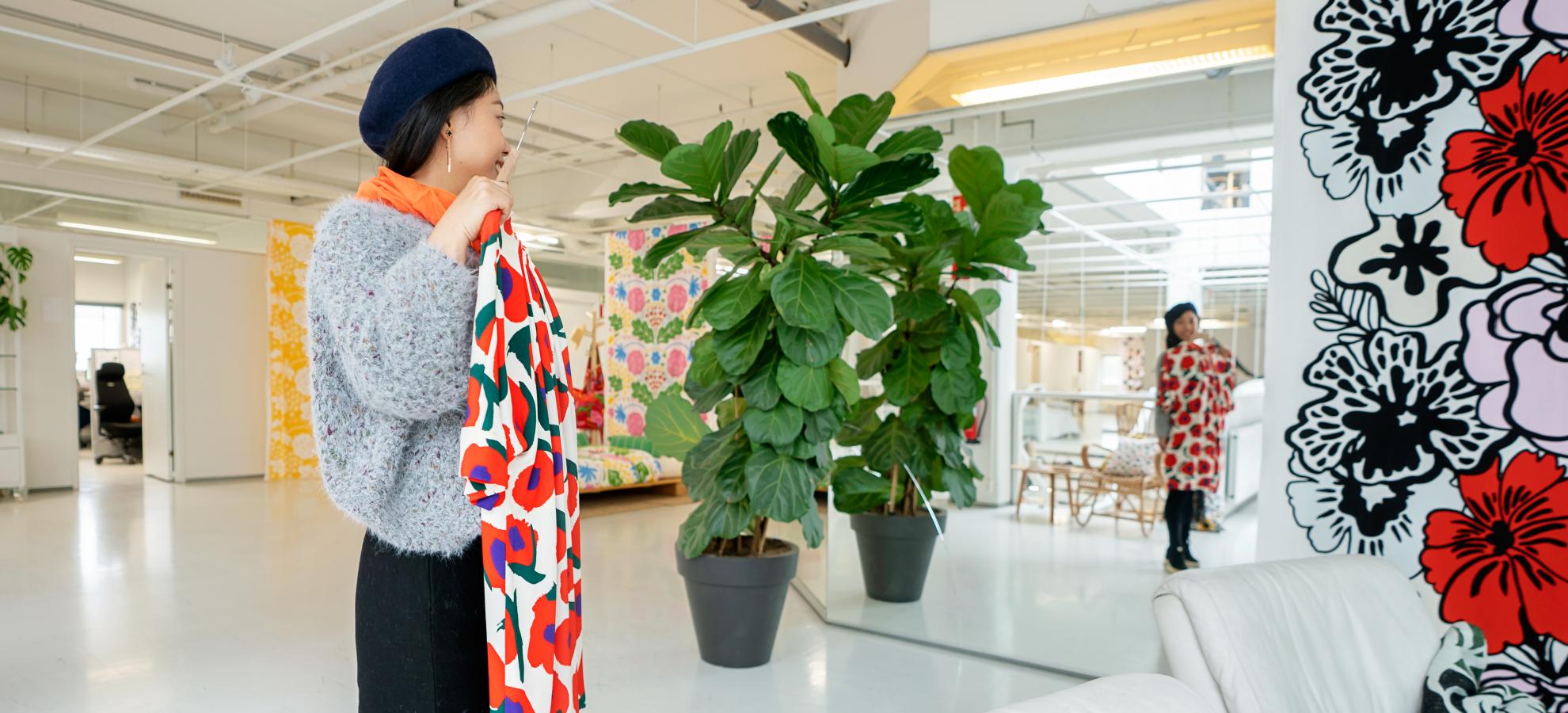
What is still manufactured in Helsinki these days? The production of everyday items seems to be shifting further and further from their places of origin under the pressures of cost-efficiency. At the same time, consumers are increasingly interested in knowing where and how the products they purchase have been manufactured. The added value of transparency encourages many consumers to choose locally produced items. Carefully picked raw materials and small production batches often also ensure a higher quality. The discovery of nearby production sites can also lead to interesting stories. When the vitality of local production is maintained, expert craftspeople can hold on to their highly refined skills and pass them on to new generations.

Halva liquorice
Halva is a confectionary company founded in the 1930s. Their best-known product is their iconic liquorice which they have produced since the 1950s. The liquorice is still made in Helsinki's Pitäjänmäki district, where the factory shop is located. Halva's liquorice and other sweets are also found in almost every single grocery shop and kiosk in the city.
Goodio raw chocolate
Goodio is handmade in a small chocolate factory in Helsinki. Goodio's secret is their unroasted cocoa beans that have been ground in a stone mill, ensuring a clean flavour and a richness in nutrients. Goodio chocolate can be picked up in many regular supermarkets in Helsinki. In addition to flavour, Goodio also places careful emphasis on package design.
Helsinki Gin
Helsinki Dry Gin is an urban gin distilled at the Abattoir – a food and urban culture hub in an industrial setting. The gin distillery is located inside the area's former electrical centre, which also hosts the "factory shop", ie. a cocktail bar. In addition to the Distillery Bar, Helsinki Gin is sold at Alko off-licence shops and at the airport and also in many bars and restaurants around the city.
Osmia soap
The soap manufacturer Osmia has widened their selection to include scented candles, shampoos, sauna scents and room perfumes. The products are all made from start to finish at a small soapmasters’ workshop in the city's Herttoniemi district where a factory shop is also located. The products are made in small batches from natural ingredients. The scents are foraged in nature and hand-blended. Osmia products can also be bought for example at the Lonna island and Stockmann Department Store.
EkoPharma cosmetics
EkoPharma is a line of certified natural cosmetics. The products are designed, manufactured and packaged in Roihuvuori, Helsinki. The vegan products use ingredients such as organic Finnish berries like raspberry, sea buckthorn and cranberry. EkoPharma’s go-to speciality is the currant balm which is sold in a biodegradable package made of wood chip. The plastic-free innovation is the brainchild of Sulapac, a Helsinki start up that recently secured one million euros in financing. EkoPharma products can be purchased for example at the Kauneuskeskus Kristalli beauty shop in Kamppi.
Kaurilan Sauna's deo cream
Kaurilan Sauna is a Finnish manufacturer of natural cosmetics and a family business that loves traditional Finnish sauna. They sell their own bathing and cleansing products, such as shampoos and skincare products. One of the best picks is the deo cream that is available in a eucalyptus, cilantro or lime scent.
Jatta Lavi ceramics
Studio Jatta Lavi is a ceramics workshop situated in Roihupelto in eastern Helsinki. Lavi uses dyed white and black porcelain and Finnish red clay. The style of ceramics represents Nordic minimalism, but the forms also hint at Japanese aesthetics. The paper-thin porcelain products, such as a milk carton-shaped small pouring dish, are amongst Lavi's best-known products. The studio's selection is found for example at the Design Museum, HAM, and Okra.
Marimekko print fabrics
Founded in 1951, the design house Marimekko's textile printing factory is located in the Herttoniemi district. The factory produces around one million metres of printed fabric every year. The printing facility was constructed in the 1970s and produces interior fabrics sold by the metre, as well as kitchen textiles and fabrics used in clothing items and bags. The Herttoniemi factory has a shop which also sells rarities and items no longer in production.
